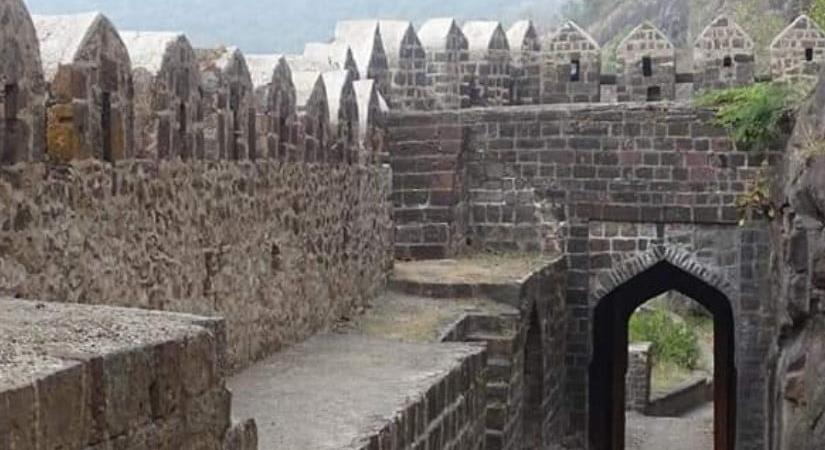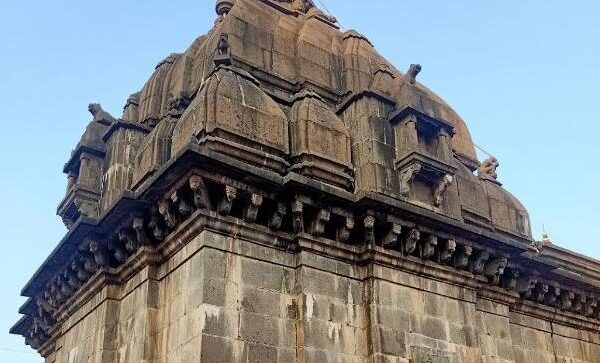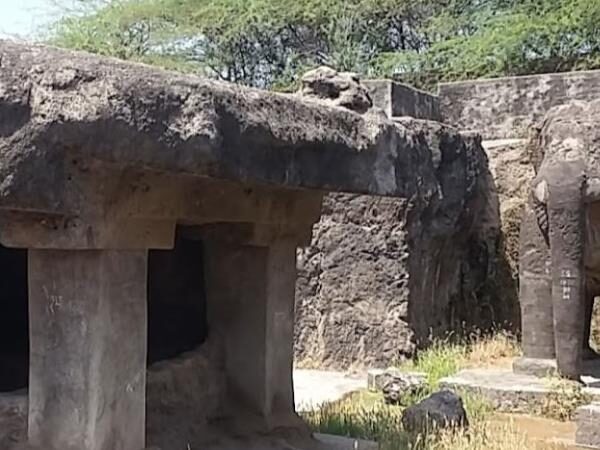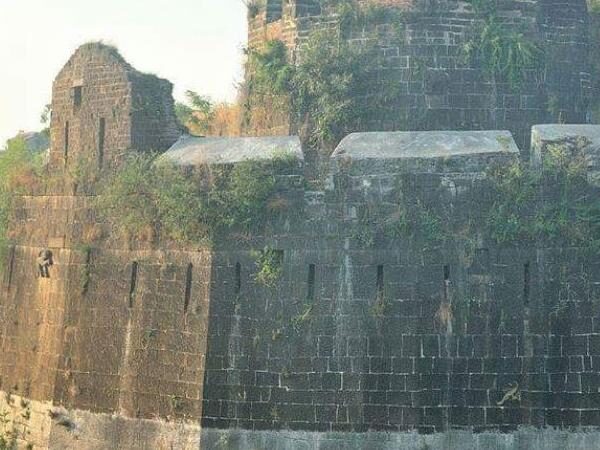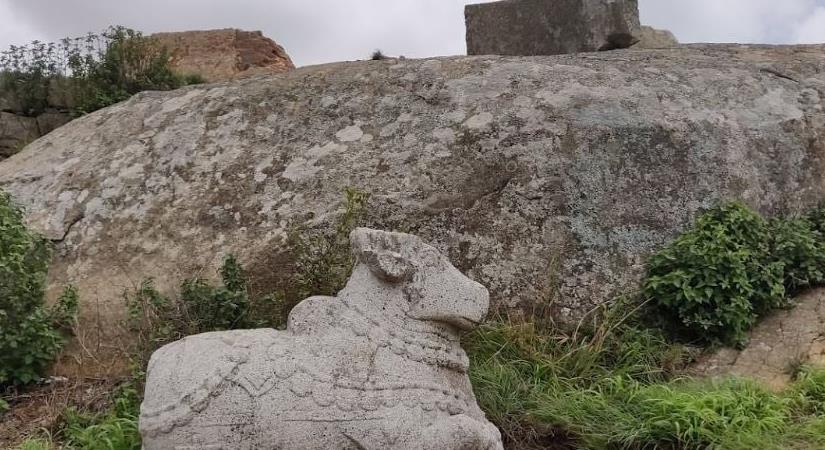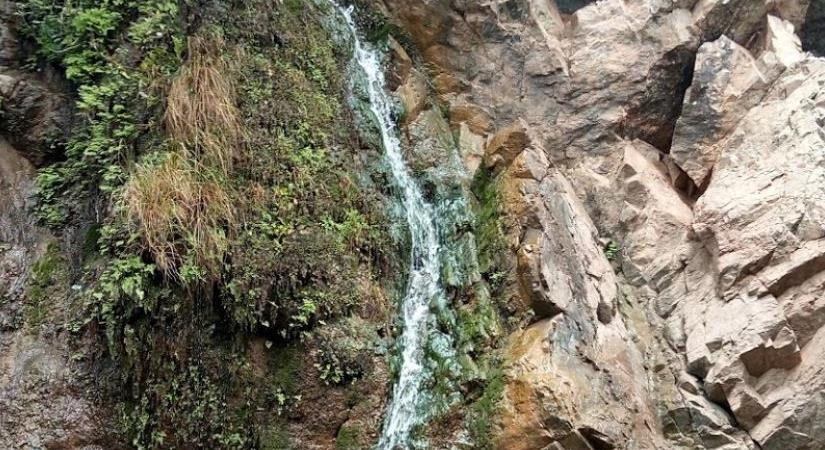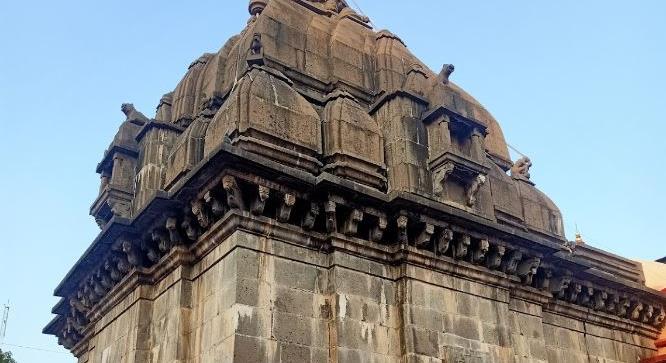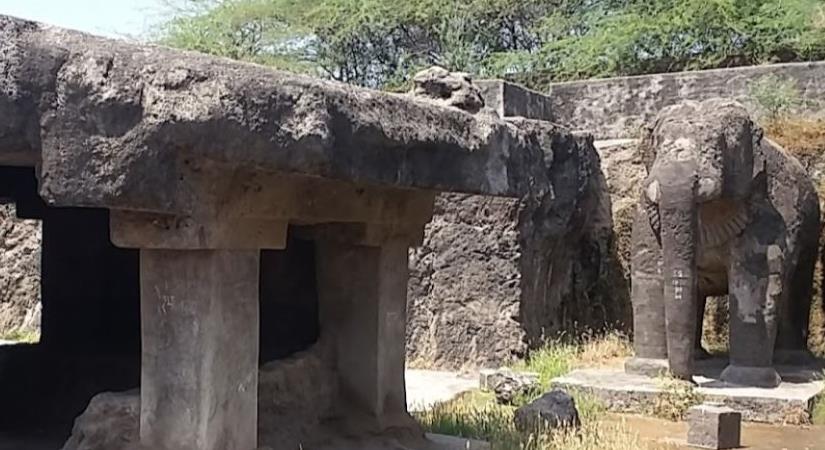Ajanta Caves is near 100 kilometers from Aurangabad in Maharashtra.
Are you ready to be transported to a world of ancient Buddhism and stunning artwork?
These caves are so old that they date back to the 2nd century BC – that’s almost 2,000 years ago! They were used as a retreat by Buddhist monks and the peaceful energy still lingers in the air today. As you explore the caves, you’ll see intricate carvings of Lord Buddha and scenes from the Jataka tales. And don’t worry, every painting has a story behind it, so you won’t be left scratching your head.
The Ajanta Caves consist of 30 caves in total, with 24 Buddhist Viharas and 5 Hindu temples. Some of the most beautiful caves are 1, 2, 4, 16, and 17, but the real showstopper is the reclining Buddha statue in cave 26.
The craftsmanship of these caves is truly amazing – it’s hard to believe that they were built by hand so long ago.
If you’re planning a trip to the Ajanta Caves, the best time to go is during the winter season (November to February) or the monsoon season (June to September). Avoid the summer months (April to June) as the temperature can climb up to a scorching 40 degrees.
Getting to the Ajanta Caves is easy – the nearest airport is in Jalgaon (50 km), but the best-connected airport is in Aurangabad (100 km). From there, you can take a private car or taxi to the caves, which takes about 2 and a half hours. If you’re feeling adventurous, you can also take a local bus from Aurangabad Central Bus Station, but beware – these buses can be a little bumpy and it’s a 3-hour ride.
Once you arrive at the Ajanta Caves Road Entrance, you’ll find some shops and restaurants to fuel up before the final leg of your journey. From there, it’s just a 10-minute bus ride to the entrance of the main caves. And trust us, the journey is worth it – the Ajanta Caves are a true masterpiece of ancient rock-cut architecture.
So pack your bags, grab some snacks, and get ready to explore the ancient wonders of the Ajanta Caves. Who knows, maybe you’ll even learn a thing or two from the Jataka tales. Just don’t forget to bring a camera – you’ll want to capture every beautiful detail!
They are universally regarded as masterpieces of Buddhist religious art. The caves were built in two phases, the first starting around the 2nd century BCE and the second occurring from 400 to 650 CE, according to older accounts, or in a brief period of 460–480 CE according to later scholarship. The site is a protected monument in the care of the Archaeological Survey of India, and since 1983, the Ajanta Caves have been a UNESCO World Heritage Site.
The Ajanta Caves constitute ancient monasteries and worship-halls of different Buddhist traditions carved into a 75-metre (246 ft) wall of rock. The caves also present paintings depicting the past lives and rebirths of the Buddha, pictorial tales from Aryasura’s Jatakamala, and rock-cut sculptures of Buddhist deities. Textual records suggest that these caves served as a monsoon retreat for monks, as well as a resting site for merchants and pilgrims in ancient India.[8] While vivid colours and mural wall-painting were abundant in Indian history as evidenced by historical records, Caves 16, 17, 1 and 2 of Ajanta form the largest corpus of surviving ancient Indian wall-painting.
The Ajanta Caves are mentioned in the memoirs of several medieval-era Chinese Buddhist travellers to India and by a Mughal-era official of Akbar era in the early 17th century. They were covered by jungle until accidentally “discovered” and brought to Western attention in 1819 by a colonial British officer Captain John Smith on a tiger-hunting party. The caves are in the rocky northern wall of the U-shaped gorge of the river Waghur, in the Deccan plateau. Within the gorge are a number of waterfalls, audible from outside the caves when the river is high.
With the Ellora Caves, Ajanta is one of the major tourist attractions of Maharashtra. It is about 6 kilometres (3.7 miles) from Fardapur, 59 kilometres (37 miles) from the city of Jalgaon, Maharashtra, India, 104 kilometres (65 miles) from the city of Aurangabad, and 350 kilometres (220 miles) east-northeast of Mumbai. Ajanta is 100 kilometres (62 miles) from the Ellora Caves, which contain Hindu, Jain and Buddhist caves, the last dating from a period similar to Ajanta. The Ajanta style is also found in the Ellora Caves and other sites such as the Elephanta Caves, Aurangabad Caves, Shivleni Caves and the cave temples of Karnataka.
